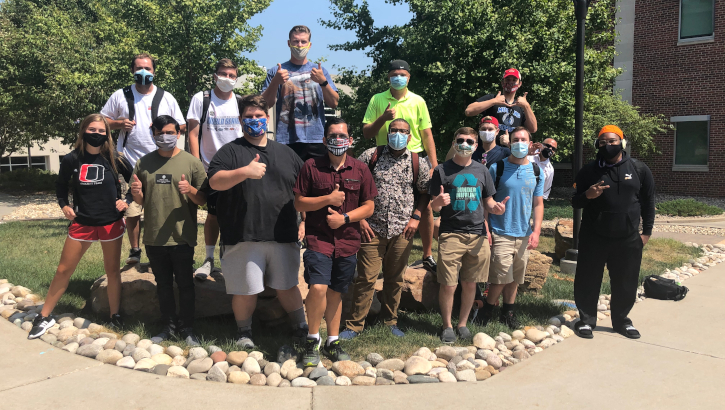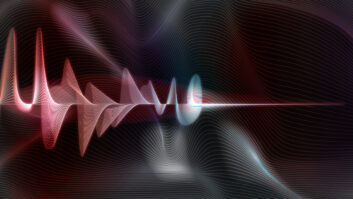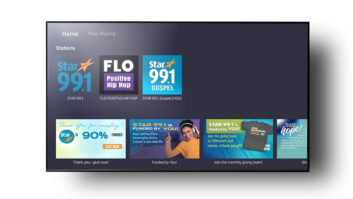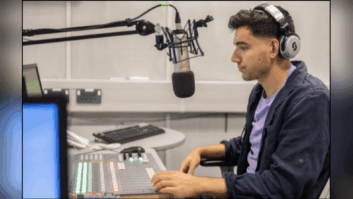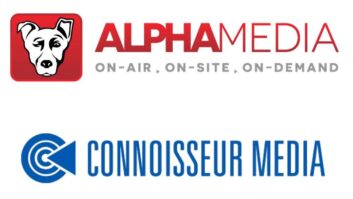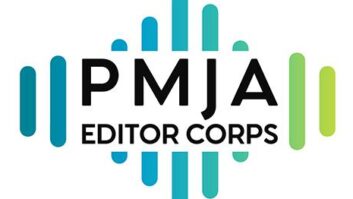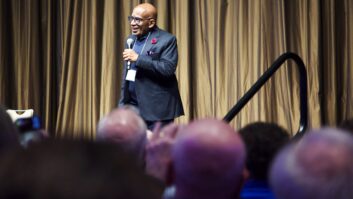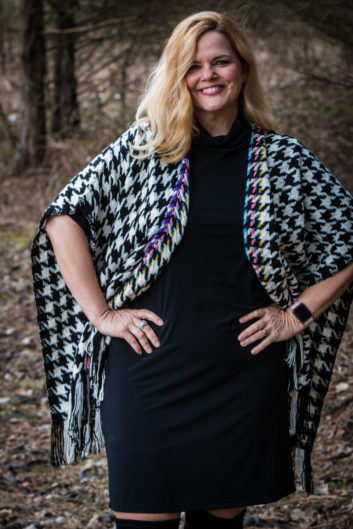
While we live in uncertain times, one thing is certain; the students at college radio station MavRadio.FM KVNO 90.7 HD2, based at the University of Nebraska, Omaha, have shown they can learn, be innovative and adapt to the challenges presented by COVID-19. Radio World spoke with Jodeane Brownlee about the college radio station and its operations during COVID-19. Brownlee is the faculty advisor for MavRadio.FM KVNO 90.7 HD2, a lecturer, a faculty advisor of Women in Media and executive producer of “The Omaha News.”
Radio World: Please describe your media operations, including the physical plant. How many studios, and how are they equipped? Where is the transmission facility; how is it equipped?
Jodeane Brownlee: The radio station is on campus and is adjacent with two teaching labs and an area that houses the “whisper room.” This is a production area where students and faculty [produce] their voiceovers for radio, television and creative productions. The studio has four microphones to accommodate guest and live artists.
RW: Who makes the executive decisions for the station? What role do the students have in station operations?
Brownlee: At MavRadio.FM, we have a volunteer staff. Depending on the semester, and how many students are involved, we have a general manager, operations manager, production director, music director and sports director.
RW: Are students on campus now or learning and operating remotely?
Brownlee: Students are still on campus for their shows and specialty programs. We celebrated World College Radio Day with one live host at a time, but all the interviews were voiced tracked. This turned out to benefit the program as we simultaneously aired the interviews on our podcast, YouTube, Facebook and Twitter.
We also have two more live, specialty shows in October. Because we are limited to the number of students in a single room, our staff meetings have all been via Zoom. Sports have been another Achilles Heel. We’ve had none so far this semester, and our athletic department is in the early stages of planning basketball and hockey tournaments. It’s been challenging to plan, that’s for sure. In the meantime, we’ve worked with our state association to call high school playoffs and championship games.
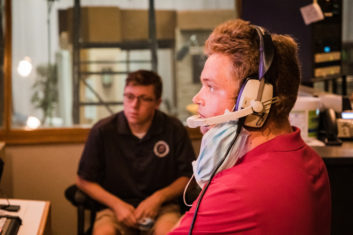 The other issue I see is trying to cover all the sports this spring. From the sounds of it, we will make-up all fall sports as well as continue with spring sports. Honestly, I don’t know how we can do it all! But, we will. I have the best staff I know!
The other issue I see is trying to cover all the sports this spring. From the sounds of it, we will make-up all fall sports as well as continue with spring sports. Honestly, I don’t know how we can do it all! But, we will. I have the best staff I know!
RW: Is the station currently on the air? What means and products (software or hardware) are being used?
Brownlee: MavRAdio.FM KVNO 90.7 HD2 has stayed on the air via RCS NexGen automation software.
RW: What impact has COVID-19 had on the station? Challenges due to social distancing?
Brownlee: The biggest challenge for our staff is the fact that we can’t have meetings on or off campus with more than 10 students. Typically, we spend several hours a week together working on production, music, sports and overall planning. The simple fact is it’s far more challenging to work as a team in this environment. However, the safety and well-being of our staff, faculty and students is our number one goal.
RW: If the students are operating remotely, how are you making that happen? Can you give examples?
Brownlee: Last spring, our students lead a two-hour Earth Day special on Earth Day. We did this via Zoom and it was fairly impressive. We had two hosts, and 10 reporters. Those reporters put together voice packages with interviews, research and natural sound. Because we were in lockdown, all of us were relegated to our homes, which was the essence of what was happening to everyone. It was impactful and innovative. There was some post editing involved as the stories and some graphics had to be incorporated later, but it looked great on YouTube and the audio worked well for our podcast audience.
I mentioned World College Radio Day earlier, and we plan to use the same format for our Haunted Heartland broadcast Oct. 29. We’ll have two hosts, in studio, and a producer. The reporters will be on the scene, normally in small groups, for their live remote. This year, however, we will send reporters out alone and shorten the broadcast from three hours to two.
We also have a 24-hour marathon Oct. 28–29 for a fundraising event. The plan is three-hour shifts with a single jock. We’ll also utilize social media for this. In fact, social media has given us the power to stay relevant and in front of our audience.
We’ve also had a sports team cover our professional league soccer games (Union Omaha). They recently traveled to Wisconsin, from Nebraska, for the championships. Again, the important aspect is giving the students experiences in the face of the pandemic.
RW: Is there anything else you’d like our readers to know?
Brownlee: College radio is more viable and relevant than ever. With social media platforms, the voices can compete with other influencers. It’s not “should” college radio be on social, it’s a “must.” Reporting must be local, vigorous and objective in a world of conglomerates, retweets and bias.
